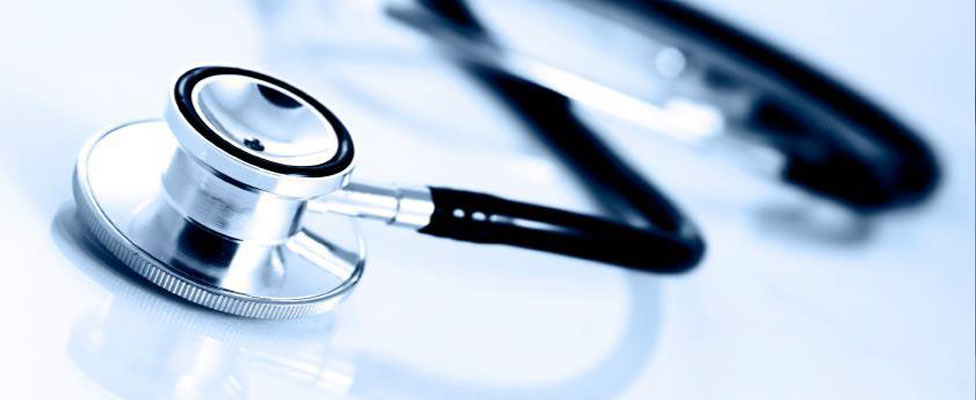
Leveraging the Power of Digital Twins in Medicine and Business
Business analytics and data management experts should consider how they can use digital twin technology to reduce costs and improve decision-making.
- By Amanda Randles, Ph.D.
- March 23, 2023
Although digital twins were initially used in fields such as aerospace to create digital replicas of assets (such as jet engines), we are now seeing a strong emergence of this method in the medical community. For instance, my work uses digital twins to measure blood flow and identify coronary lesions that require intervention. As a result, invasive procedures involving a guidewire can be replaced with a non-invasive solution. Several examples of these methods have already received FDA clearance and are being used in medical practice.
The digital twins that my team and I develop are high-fidelity, patient-specific virtual models of an individual’s vasculature. This digital representation allows us to use predictive physics-based simulations to assess potential responses to different physiological states or interventions. Clearly, it’s not feasible to try out five different stents in a specific patient surgically. Using a digital twin, however, doctors can test how various interventions would influence that patient and see the outcome before they ever step into the operating room.
Patient-specific digital twins allow the doctors to interact with a digital replica of that patient’s coronary anatomy and fine-tune their approach before the intervention itself. The digital twin abstraction allows doctors to assess a wider range of potential scenarios and be more informed in their surgical planning process.
Ensuring Model Accuracy
Confirming accuracy is a critical component. In validating these models for different use cases, observational data must be measured and used to check the model predictions. Our digital twins are tuned to their respective patients using metrics measured in the clinic such as cardiac output and hematocrit level. We validate the virtual models both against large data sets with known measurements and individually for each patient. For diagnostic work (such as using digital twins to predict fractional flow reserve), it’s common to conduct a clinical trial of between 150 and 300 patients. The digital twin’s prediction is then compared to the value measured using an invasive guidewire to establish the use of the digital twin framework for assessing that particular characteristic.
For diagnostic purposes, a single snapshot of the coronary anatomy and associated hemodynamic metrics is typically sufficient. However, as we move to creating coupled digital twins to assess long-term hemodynamic responses, a patient’s data may need updating. For example, if a lesion develops that wasn’t captured in the original imaging, that would influence the blood flow, and an updated CT scan would be required. Similarly, if the patient has a life change that impacts blood flow characteristics such as becoming anemic or pregnant, revisions would be required.
Digital Twins and Business Analytics
Although my research applies digital twin technology and high-fidelity, parallel models to medical care, business analytics and data management experts can use the same basic concept to improve their operations. Digital twins provide the ability to assess how different activities will affect systems of interest. This approach allows you to create a digital representation of an asset and then adjust it in a controlled way to observe potential outcomes. For instance, one logistics company uses digital twins of tractor trailers and AI to maximize cargo loads. Additional examples exist in retail and other industries as well.
In many cases, the digital twin provides a cheaper and more efficient way to explore different scenarios. Automobile manufacturers, for example, use 3D models to experiment with design and create prototypes. Rather than having to create a physical representation of each permutation, the digital model allows the user to evaluate a wider range of parameters in a realistic but virtual setting.
The use of digital twins is growing in a wide range of fields. Business analytics and data management experts should consider how they can use this method to reduce costs and improve decision-making for companies of many kinds.
About the Author
Amanda Randles, Ph.D. is a National Academy of Inventors Fellow and the Alfred Winborne Mordecai and Victoria Stover Mordecai Assistant Professor at Duke University. You can contact the author via email.